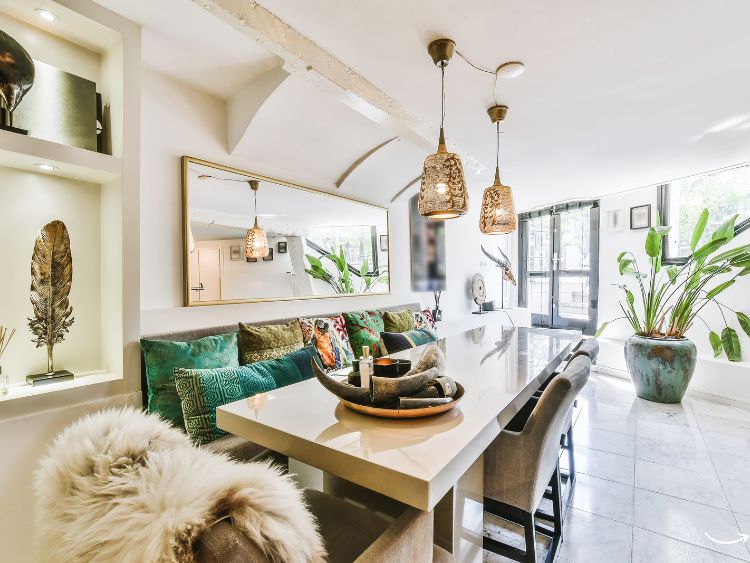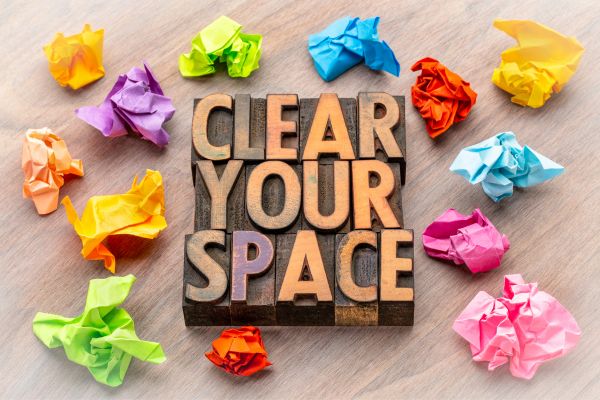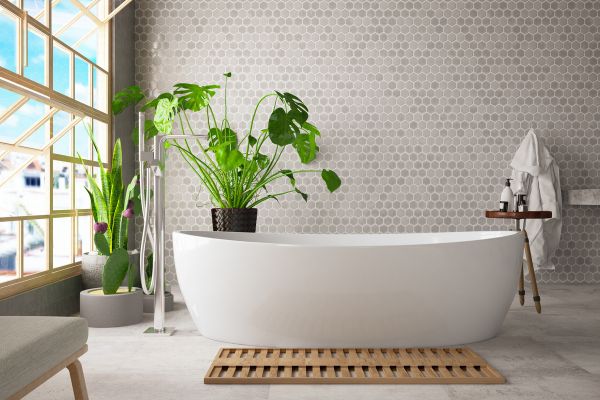The Ultimate Guide to Creating an Engaging Interior Decoration Brochure
Imagine walking into a room, and instantly, it feels like a sanctuary. The colors, textures, and layout speak to your soul, making you feel right at home. Now, imagine trying to capture that essence in a brochure. Tough, isn’t it? Crafting an engaging interior decoration brochure is an art form. It’s about more than just displaying pretty pictures; it’s about telling a story that resonates with the reader. In this article, we’ll dive deep into the world of interior decoration brochures, exploring how to create one that not only looks good but also drives results.
Why Interior Decoration Brochures Matter
Interior decoration brochures are a powerful tool in the marketing arsenal of designers and decorators. They serve as a tangible representation of your brand, showcasing your best work and enticing potential clients. But why exactly do they matter?
- First Impressions: A well-designed brochure can create a lasting first impression, making potential clients more likely to consider your services.
- Showcase Portfolio: It’s a perfect medium to display your best projects, highlighting your style and expertise.
- Tangible Marketing Tool: Unlike digital ads, brochures are tangible. Clients can hold them, flip through them, and refer back to them whenever they want.
- Versatile Use: They can be distributed at events, mailed to prospects, or left in your office for walk-ins.
Crafting an Engaging Interior Decoration Brochure
Know Your Audience
Before you start designing, it’s crucial to know who your audience is. Are you targeting high-end clients looking for luxury designs, or are you catering to young professionals wanting modern and affordable decor? Understanding your audience will influence everything from the design elements to the language you use.
Engaging Title and Focus Keyword
The title of your brochure should be catchy and relevant. For example, “Transform Your Space with Our Interior Decoration Expertise” is much more engaging than a simple “Interior Decoration Brochure.” The focus keyword here is “interior decoration brochure,” and it should be woven naturally throughout the content.
Designing the Layout
A great interior decoration brochure starts with a well-thought-out layout. Here’s how to get started:
- Cover Page: This is the first thing people see, so make it count. Use a stunning image from one of your projects, and include your logo and a captivating tagline.
- Table of Contents: If your brochure is more than a few pages, include a table of contents to help readers navigate.
- Introduction: Start with a brief introduction about your company, your design philosophy, and what sets you apart from the competition.
- Portfolio: Showcase your best work with high-quality images. Include a mix of full-room shots and close-ups to highlight details.
- Services: Clearly outline the services you offer. Use bullet points for easy reading.
- Testimonials: Include quotes from satisfied clients to build credibility.
- Call to Action: End with a strong call to action, such as “Contact us today to start your transformation.”
Choosing the Right Images
Images are the heart and soul of an interior decoration brochure. Here are some tips for selecting the right ones:
- High Quality: Ensure all images are high resolution. Blurry or pixelated images can make your brochure look unprofessional.
- Variety: Include a variety of projects to showcase your versatility. Mix different styles, colors, and spaces.
- Before and After: If possible, include before and after shots. They can be incredibly persuasive, showing the impact of your work.
- Captions: Add captions to give context to the images. Mention the type of project, location, and any unique features.
Crafting Compelling Content
While the visuals are crucial, the content should not be overlooked. It needs to be engaging, informative, and aligned with your brand voice. Here’s a structure to follow:
Introduction
Introduce your company and your design philosophy. Share a bit about your background, your team, and what makes you unique.
Our Process
Outline your process from consultation to completion. This helps potential clients understand what to expect when they work with you.
Services
Detail the services you offer. Are you an expert in kitchen remodels? Do you specialize in eco-friendly designs? Make it clear.
Case Studies
Dive deeper into a few select projects. Share the client’s brief, the challenges you faced, and how you overcame them to deliver a stunning result.
Testimonials
Include a few quotes from satisfied clients. Testimonials add credibility and can help build trust with potential clients.
Call to Action
End with a strong call to action. Encourage readers to visit your website, book a consultation, or follow you on social media.
Frequently Asked Questions
- How do I choose the right style for my interior decoration brochure?
Choosing the right style depends on your target audience and the message you want to convey. If you cater to high-end clients, opt for a sleek, minimalist design with a touch of luxury. For a more casual audience, you might choose a vibrant, playful layout.
- What should I include in my portfolio section?
Include a variety of projects that showcase your range and expertise. Use high-quality images and add brief descriptions to provide context.
- How can I make my brochure stand out?
Focus on high-quality images, a clear layout, and compelling content. Use your unique design style to make the brochure reflective of your brand.
- Should I print my brochure or keep it digital?
Both! Printed brochures are great for events and direct mail, while digital versions can be easily shared online or via email.
- How often should I update my brochure?
Update your brochure regularly to keep it fresh and relevant. Whenever you complete a new project or expand your services, make sure your brochure reflects these changes.
Conclusion
Creating an engaging interior decoration brochure is all about balance. You need stunning visuals, compelling content, and a clear structure to guide the reader. By knowing your audience, selecting the right images, and crafting a strong message, you can create a brochure that not only showcases your best work but also converts leads into clients. So, what are you waiting for? Get started on your interior decoration brochure today and watch your business grow!



